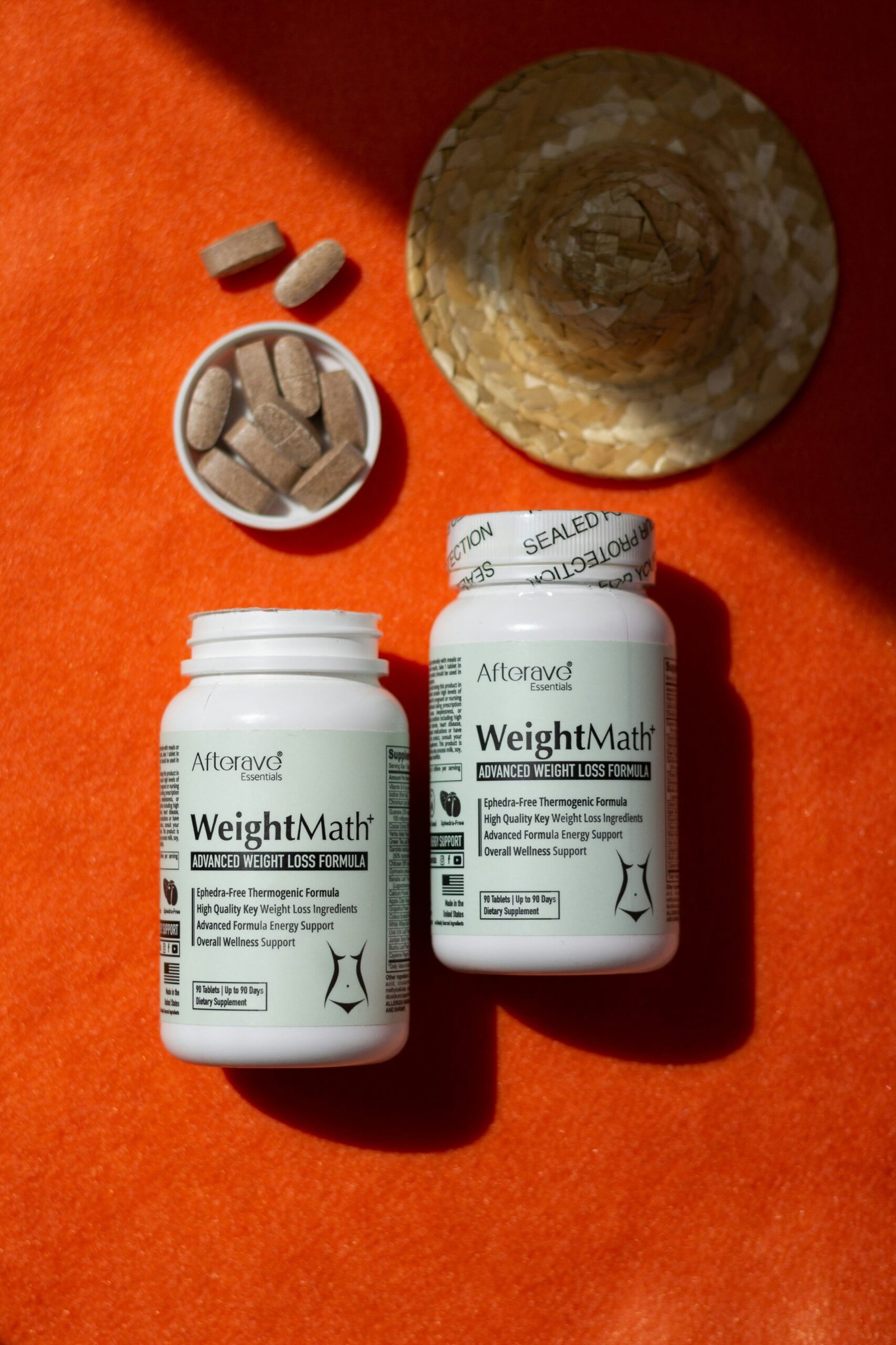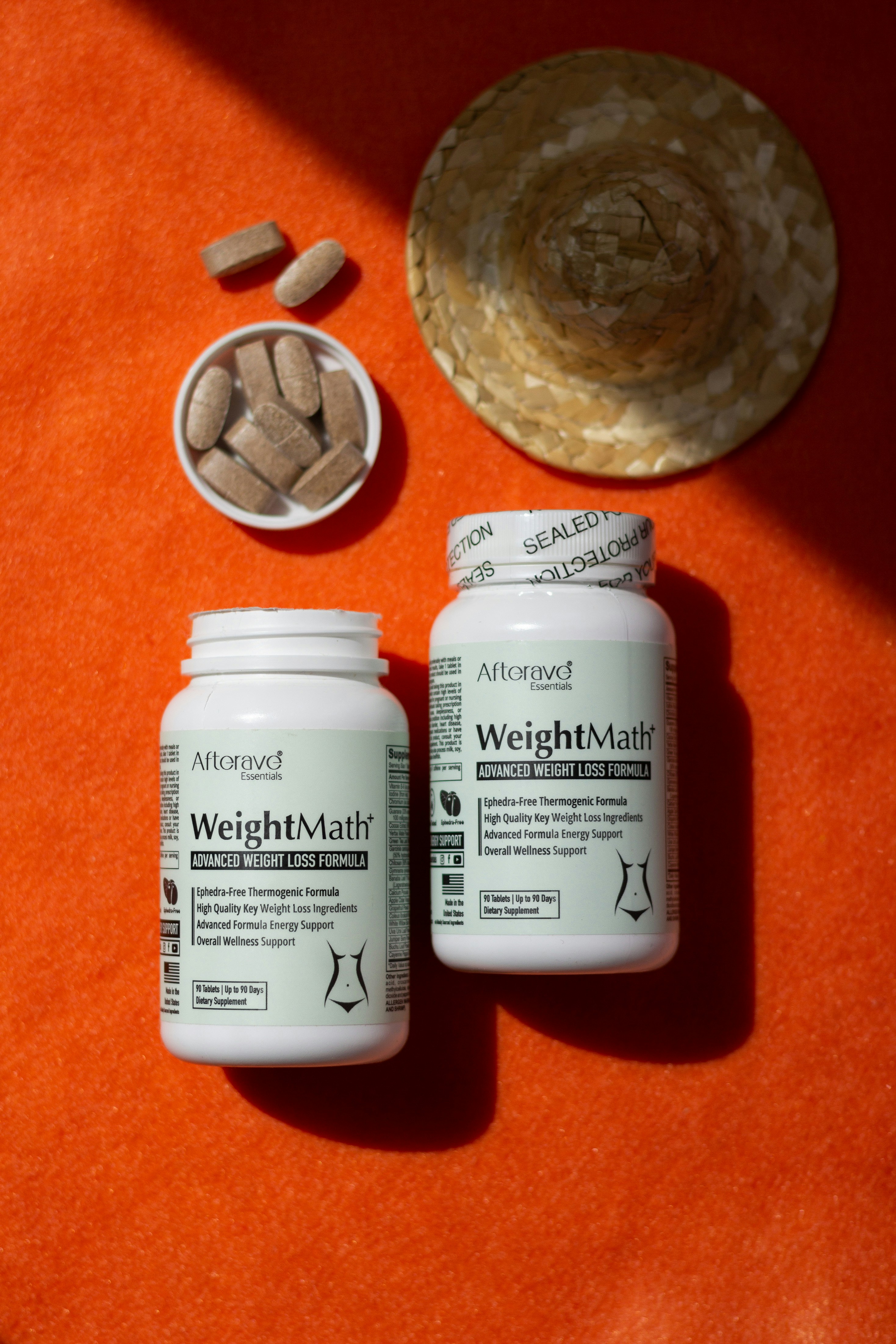Have you ever wondered how certain compounds in your diet make their way through your digestive system and impact your overall health? One such compound that might not be on everyone’s radar but is important to understand is oxalate. The absorption of oxalate in the gut is a fascinating process that intertwines with various aspects of human biology, nutrition, and health.
Understanding Oxalates: A Brief Overview
Oxalates are naturally occurring compounds found in many plant foods. They are primarily known for their ability to bind with calcium in the body, which can lead to the formation of kidney stones. Understanding what oxalates are and how they function in the body is crucial to grasping the broader topic of their absorption in the gut.
What Are Oxalates?
Oxalates, or oxalic acid, are organic acids that occur as salts or esters in many plant-based foods. Most commonly, they are found in spinach, rhubarb, sweet potatoes, and nuts like almonds. In these foods, oxalates can be present in two forms: soluble and insoluble. Soluble oxalates, particularly when combined with calcium, can dissolve in water, while insoluble oxalates do not dissolve and may end up as part of waste material.
Why Are They Important?
The role of oxalates becomes significant because of their tendency to bind with minerals, particularly calcium, to form calcium oxalate. This compound is the leading cause of kidney stones, which underscores the importance of understanding oxalate absorption in the gut. Additionally, oxalates can influence other health parameters, such as nutrient absorption and gut microbiota composition.
The Science Behind Oxalate Absorption
Delving into the science of how oxalates are absorbed in the gut reveals a complex interplay of dietary components, gut health, and individual biological variation.
How Does Oxalate Absorption Work?
When you consume foods containing oxalates, they travel through the digestive system. The small intestine is primarily where oxalate absorption occurs. In the presence of adequate calcium and magnesium, some oxalates will form insoluble compounds and pass through the digestive tract without being absorbed. However, soluble oxalates can be absorbed into the bloodstream.
Factors Affecting Absorption
Several factors impact how oxalates are absorbed in your gut:
-
Dietary Composition: The balance of foods rich in calcium and magnesium relative to oxalates can influence absorption rates. Consuming calcium-rich foods alongside oxalate-rich foods can help reduce absorption by promoting the formation of insoluble compounds.
-
Gut Health and Microbiota: The gut flora, particularly bacteria like Oxalobacter formigenes, plays a role in breaking down oxalates, reducing their absorption.
-
Individual Variability: Genetics and existing health conditions can influence how well your body absorbs oxalates.
The Chemical Process
The absorption process begins when oxalates in consumed food reach the digestive tract. Once there, they undergo specific chemical transformations:
- Ionization: In an aqueous environment like the gut, oxalic acid ionizes, forming oxalate ions.
- Complex formation: These ions can bind with available minerals, forming complexes like calcium oxalate.
- Transport: Soluble oxalate ions not bound in a complex can be absorbed through the intestinal walls into the bloodstream.
Health Implications of Oxalate Absorption
The absorption of oxalates in your gut has several potential health implications, underlining the importance of managing dietary oxalate intake effectively.
Kidney Stones: The Primary Concern
The most well-known health issue associated with high oxalate absorption is the formation of kidney stones. These painful mineral deposits can develop when the concentration of oxalates binds with calcium in the kidneys.
Risk Factors
- Dehydration: Low fluid intake reduces urine volume, concentrating oxalates and other compounds that can crystallize.
- Diet High in Oxalates: Regular consumption of high-oxalate foods, especially without balancing calcium intake, can increase risk.
- Genetic Predisposition: Some individuals are more prone to developing stones due to hereditary factors.
Other Health Effects
While kidney stones are the most direct consequence, high oxalate absorption can also impact health in other ways:
-
Nutrient Absorption: Oxalates may bind with minerals like calcium, magnesium, and iron, reducing the availability of these essential nutrients for absorption.
-
Gut Health: An altered microbiota can affect oxalate metabolism and other gut functions.
Oxalate Metabolism Disorders
In rare cases, genetic conditions can lead to disorders of oxalate metabolism, such as primary hyperoxaluria, which dramatically increases oxalate levels in the body, requiring medical intervention.
Managing Oxalate Absorption
Given the implications of excessive oxalate absorption, managing your diet to control these levels is beneficial for reducing associated health risks.
Dietary Adjustments
-
Balance Calcium Intake: Consuming calcium-rich foods like yogurt and cheese can help form insoluble oxalate compounds, expediting their excretion.
-
Moderation: Limiting intake of high-oxalate foods such as spinach, nuts, and chocolate can help manage absorption levels.
-
Hydration: Ensuring adequate fluid intake to maintain urine dilution reduces the risk of crystal formation and kidney stones.
| Food Type | Examples | Oxalate Content |
|---|---|---|
| High | Spinach, rhubarb | High |
| Moderate | Sweet potatoes, nuts | Moderate |
| Low | Cheese, bananas | Low |
Supporting Gut Health
Maintaining a healthy gut flora can aid in breaking down oxalates. Consuming probiotics and prebiotics might support beneficial bacteria that metabolize oxalates.
Monitoring and Medical Advice
If you’re prone to kidney stones or have other health concerns, it’s crucial to consult healthcare professionals for personalized advice. Medical tests can assess oxalate levels, and dietary recommendations can be tailored to reduce risks.
The Role of Research in Understanding Oxalate Absorption
Scientists continue to research the complex mechanisms of oxalate absorption and its health effects, unlocking new pathways for dietary management and medical treatment.
Current Studies and Findings
Recent studies highlight the role of gut bacteria in oxalate metabolism, suggesting that promoting a healthy microbiota could reduce oxalate absorption. There is also ongoing research into genetic factors that predispose individuals to higher absorption rates.
Future Directions
Emerging studies are investigating potential therapeutic interventions to manage oxalate levels, including microbiome modification, dietary supplements, and pharmaceuticals aimed at reducing oxalate synthesis or absorption.
Conclusion
Understanding the science of oxalate absorption in the gut provides a window into how dietary choices can affect your health, particularly concerning kidney stones and nutrient absorption. By modulating your diet, supporting gut health, and staying informed on research advances, you can navigate the complexities of oxalate absorption and make choices that contribute to your wellbeing. The intricate dance of chemicals and biological processes in our bodies reminds us of the importance of balance and knowledge in maintaining health.





